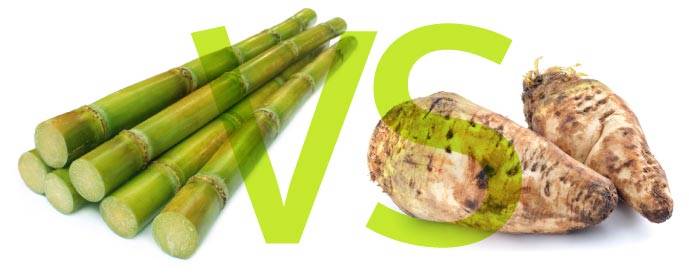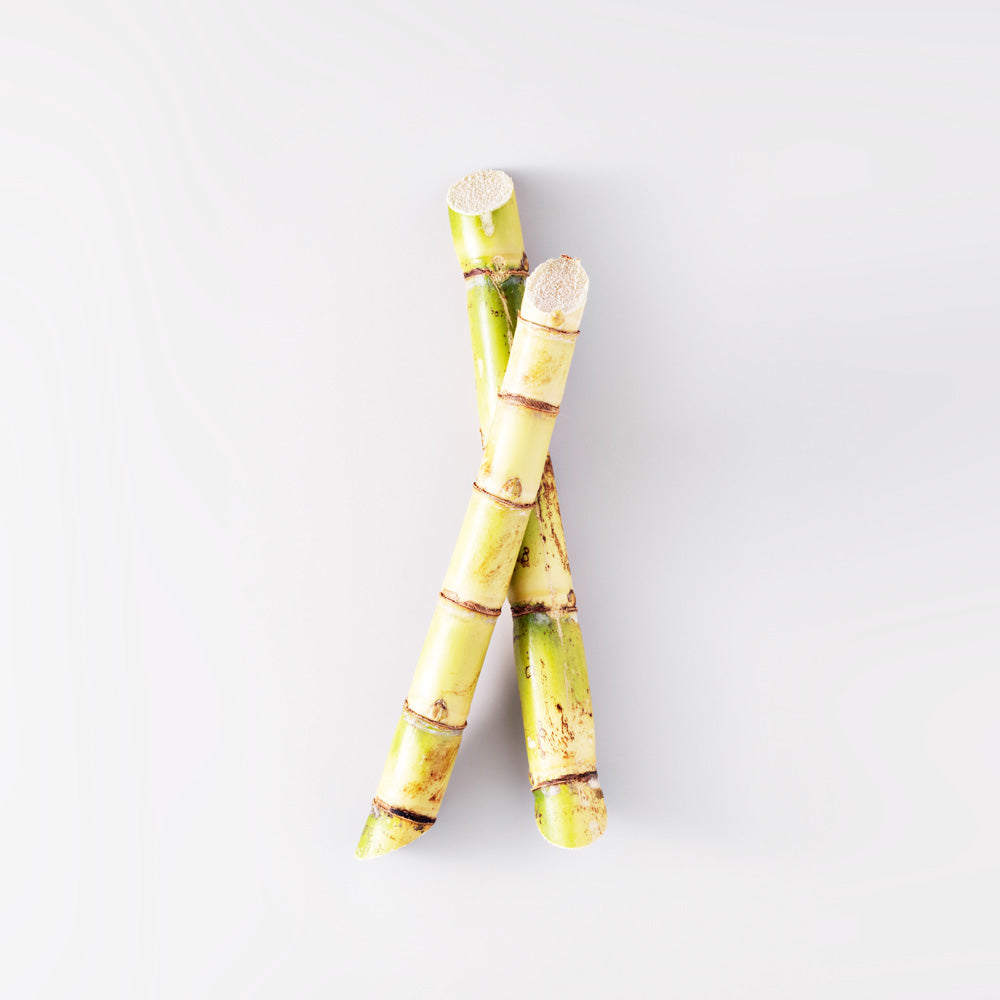Efficient Cane Sugar Processing: Making Best Use Of Yield and Pureness
Efficient Cane Sugar Processing: Making Best Use Of Yield and Pureness
Blog Article
Understanding the Critical Techniques and Technologies Used in Modern Cane Sugar Processing
The evolution of cane sugar processing has been dramatically formed by the integration of advanced strategies and technologies that attend to both efficiency and sustainability. As we check out these crucial innovations, it becomes important to examine exactly how they not just boost production however also align with more comprehensive sector fads and consumer needs, raising questions about the future of sugar processing and its implications for global markets.
Historical Context of Cane Sugar Handling
The historic context of cane sugar handling reveals an abundant tapestry of farming innovation and cultural exchange that has shaped its growth over centuries. Coming From Southeast Asia, sugarcane was grown as early as 8000 BCE - Cane Sugar Processing. The process of extracting and refining sugar acquired energy in India, where approaches for formation were refined around the sixth century. This knowledge went across to the Middle East, and by the 12th century, sugar ended up being a valued commodity in Europe, leading to the establishment of sugar haciendas in the Mediterranean.

Advanced Removal Strategies
Efficiency in walking cane sugar extraction has seen substantial advancements, driven by the demand for higher yields and reduced manufacturing costs. This technique not only boosts sugar yield but likewise minimizes the power needed for handling.
Furthermore, the adoption of membrane layer filtering innovations, such as nanofiltration and turn around osmosis, has actually reinvented the splitting up of sugar from impurities. These approaches enable the careful permeation of sugar molecules while keeping bigger impurities, simplifying the extraction process and reducing waste.
In addition, the integration of continual extraction systems has actually brought about enhanced functional performance. Cane Sugar Processing. These systems maintain a constant circulation of walking cane product, guaranteeing optimal removal problems and decreasing downtime related to batch handling
Innovative Refining Technologies
Refining methods in walking stick sugar handling have actually gone through a transformative shift, driven by the need for higher purity and improved item high quality. One of the most significant advancements is the fostering of membrane layer filtration modern technologies, such as ultrafiltration and nanofiltration. These procedures properly remove pollutants and colorants without the demand for substantial chemical therapies, thereby protecting the sugar's all-natural taste and improving its allure.
One more significant improvement is the use of ion exchange resins, which enable for discerning elimination of undesirable ions from sugar remedies. This innovation not only increases the general pureness of the end product but additionally adds to decreased waste and ecological effect.
Furthermore, improvements in adsorption strategies, utilizing triggered carbon and various other innovative products, have actually proven reliable in decolorizing sugar remedies while preserving optimal quality. The assimilation of these cutting-edge refining technologies makes sure that manufacturers useful link can create polished sugar with superior clearness and preference, fulfilling the progressing preferences of consumers.
Automation and Control Systems
Recent improvements in refining modern technologies have actually paved the method for considerable renovations in automation and control systems within cane sugar handling facilities. These systems use advanced software program and equipment to enhance functional performance, minimize human error, and guarantee consistent product top quality.
Modern automation incorporates numerous parts, consisting of sensing units, actuators, and programmable logic controllers (PLCs), enabling real-time monitoring and control of vital procedures. As an example, pressure, flow, and temperature level prices can be precisely regulated throughout extraction, explanation, and condensation phases, enhancing performance and reducing waste.
Moreover, advanced data analytics and artificial intelligence algorithms play a critical duty in predictive maintenance, permitting drivers to expect devices failings prior to they take place. This proactive method not just reduces downtime yet also expands the lifespan of equipment.
Additionally, automation facilitates the implementation of Industry 4.0 principles, empowering sugar mills to accomplish greater connection and information exchange across procedures. Because of this, decision-making comes to be more informed and active, eventually boosting the general competition of cane sugar production. With these innovations, the industry is well-positioned to satisfy expanding worldwide needs while keeping operational quality.
Sustainability Practices in Sugar Manufacturing
Sustainability methods in sugar production have become increasingly important as the industry looks for to balance economic viability with ecological obligation. As consumer understanding grows concerning the ecological influences of agricultural practices, sugar manufacturers are adopting ingenious approaches to minimize their environmental impact.
One considerable strategy is the implementation of accuracy agriculture techniques, which make use of data analytics to optimize resource use, such as water and fertilizers. This reduces waste and decreases the influence on neighborhood ecosystems. In addition, numerous producers are transitioning to renewable resource sources, such as biomass from sugarcane results, to power their procedures, thereby reducing dependence on nonrenewable fuel sources.
Water administration practices are also crucial; rainwater harvesting and effective irrigation systems assist alleviate water shortage issues. Cane Sugar Processing. Furthermore, integrated bug administration strategies reduce chemical usage, advertising biodiversity and dirt wellness
Business social obligation efforts are emerging, with firms buying neighborhood neighborhoods and making certain fair labor methods. By embracing these sustainability practices, the sugar sector not only improves its online reputation but additionally contributes to a much more sustainable agricultural landscape, leading the way for future generations.

Conclusion
In summary, modern-day walking stick sugar handling integrates a variety of sophisticated methods and more information modern technologies that considerably enhance efficiency, yield, and sustainability. The fostering of innovative removal and refining approaches, together with automation and control systems, helps with improved operational efficiency and product high quality. Moreover, the focus on sustainable practices emphasizes a commitment to reducing environmental effect and promoting honest manufacturing. Jointly, these improvements place the cane sugar market to fulfill contemporary demands while attending to vital worldwide obstacles.
The evolution of walking cane sugar handling has actually been substantially click over here formed by the integration of sophisticated methods and innovations that resolve both effectiveness and sustainability.The historical context of walking stick sugar handling exposes a rich tapestry of farming advancement and social exchange that has shaped its advancement over centuries. Technologies in milling and refining emerged, laying the groundwork for modern walking stick sugar processing.Refining strategies in walking stick sugar handling have actually undergone a transformative change, driven by the need for greater pureness and improved item quality.In summary, modern walking cane sugar processing incorporates a variety of advanced techniques and modern technologies that significantly enhance sustainability, return, and performance.
Report this page